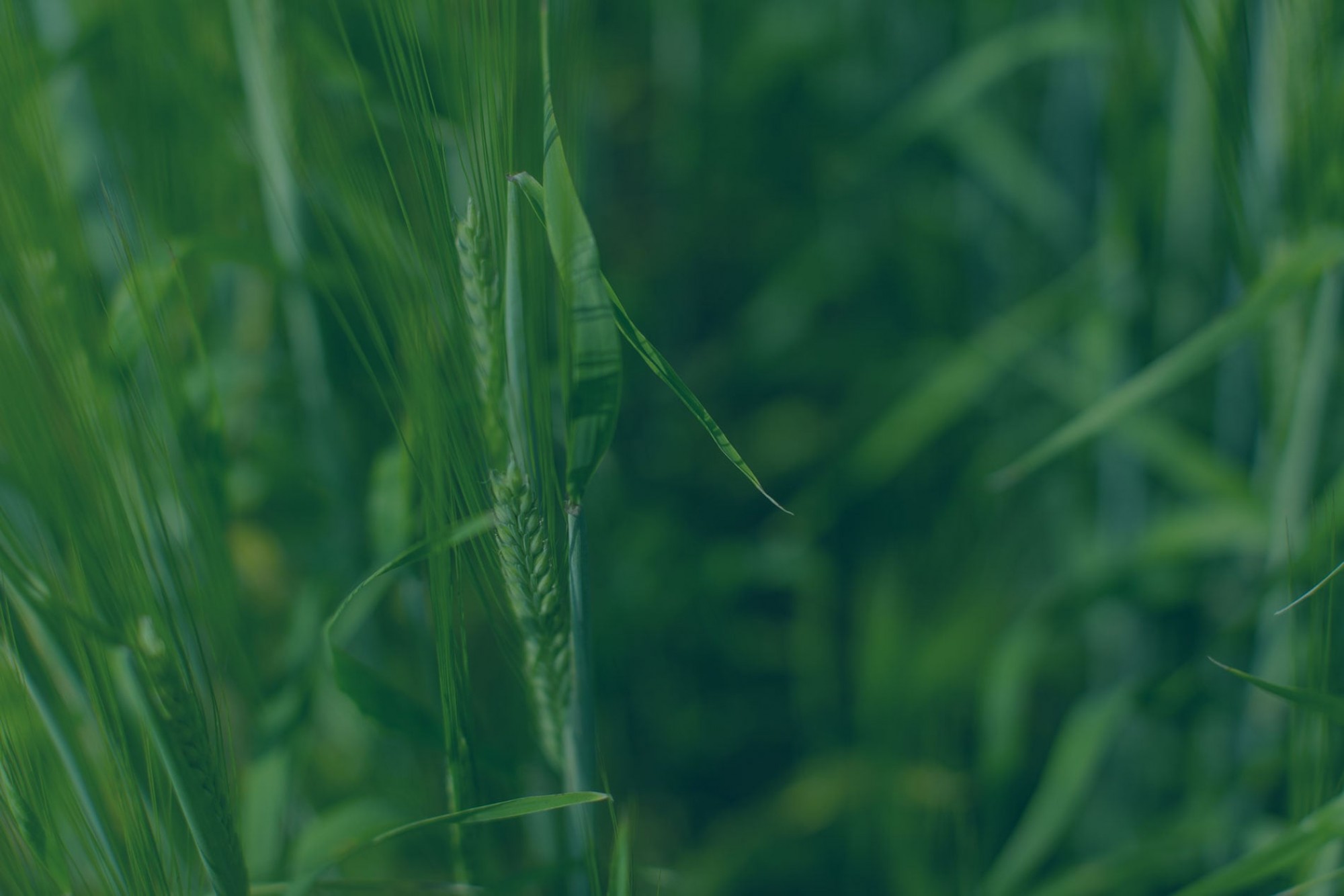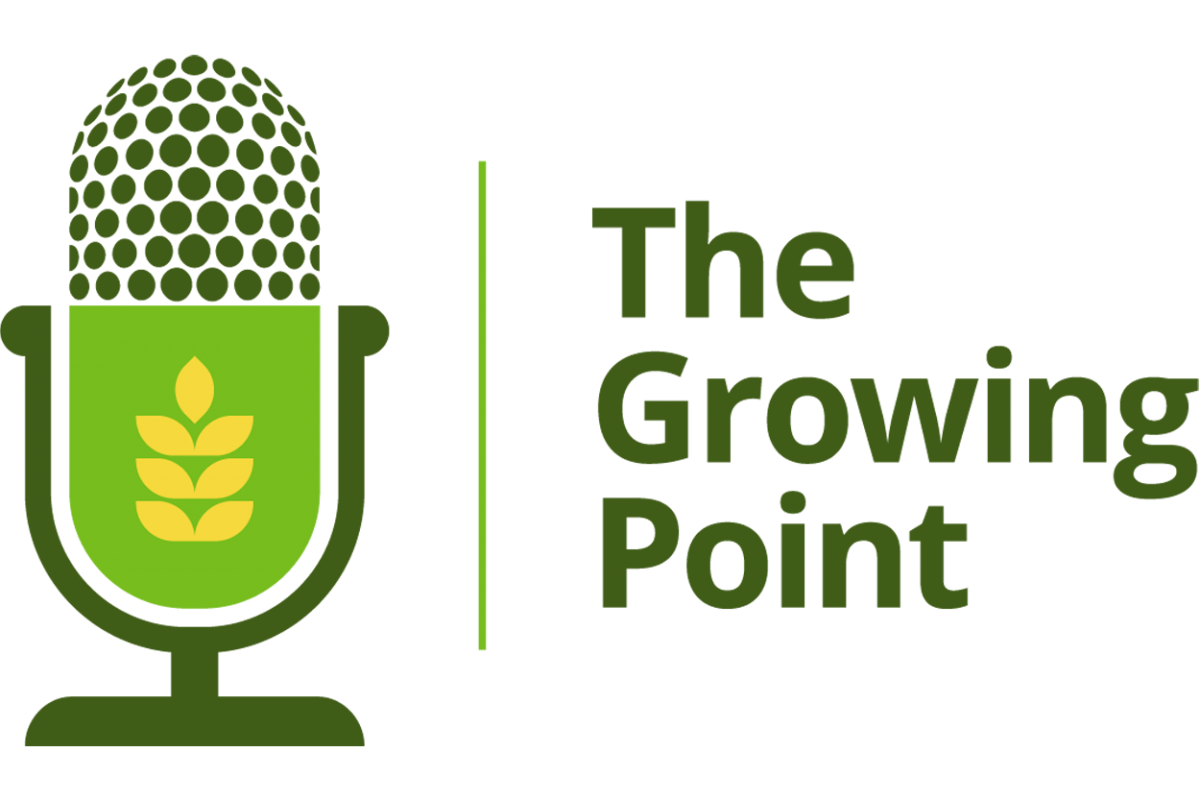Fungal seed testing and seed treatments - a practical approach
Posted by Jeremy Boychyn, MSc P.Ag, Agronomy Research Extension Specialist | Alberta Wheat and Barley Commissions
This article was written with the assistance of Dr. Kelly Turkington from Agriculture and Agri-Food Canada, Lacombe, Alberta.
What level of cereal seed fungal infection warrants a seed treatment? In general, there are no strict rules or percentages for most fungi. A more appropriate question would be: if seed germination is lower than expected and disease is present, is the decreased germination due to disease or physiological issues? Additionally, if the germination issues are due to disease, will a seed treatment help? Upon receiving a full fungal screen test report, you will see values for the following fungi:
• Aspergillus spp.
• Penicillium spp.
• Alternaria spp.
• Cladosporium spp.
• Epicoccum spp.
• Common Root Rot / Spot blotch – Bipolaris sorokiniana/Cochliobolus sativus
• Head Blight / Seedling blight – mainly Fusarium graminearum (Fg), but other Fusarium spp. may be involved
• Fusarium Root & Crown Rot – Fusarium spp.
• Net Blotch / Tan Spot / Leaf Stripe – Pyrenophora spp.
• Glume / Leaf Blotch – Parastagonospora nodorum aka Septoria nodorum spp.
Both Aspergillus spp. and Penicillium spp. are storage molds that can lead to mycotoxin development if grain is stored damp. In most scenarios, these two fungi will have a limited impact on germination. However, in the case that seed was stored damp and fungal test results indicate high infection levels greater than 10 to 25 per cent along with bin burnt seed and germination rates that are at least 80 to 90 per cent, a seed treatment with Aspergillus spp. and Penicillium spp. on the label could be considered. Note that soil-borne Penicillium and Aspergillus spp. may be associated with dry seed rot in wheat, which can be an issue with dry soil conditions and where the seed remains ungerminated for two or more weeks.
Alternaria spp., Cladosporium spp., and Epicoccum spp. also pose minimal risk to seed germination. These fungi are known as saprophytic, which means that they feed only on dead plant tissue. They cause sooty molds which are most evident as blackish-grey discolouration of swathed, or standing crop where harvest has been delayed due to wet conditions. In addition, sooty molds can also develop on prematurely ripened plants killed due to extreme weather (e.g. frost or flooding) or biotic factors such as insect or disease damage. If the total percentage of these fungi surpasses 50 per cent and germination is low, it may be a good idea to contact your seed analyst for a second opinion as a different seed source may be needed. However, if germination percentage is adequate and seed infection levels are lower these fungi are of limited concern.
You can also quickly eliminate smut as a stand establishment factor as it typically does not inhibit germination. However, smut pathogens can cause loose smut and covered smut as the crop develops into mature plants and this will result in yield loss. A general rule of thumb to follow especially for loose smut, is that every one percent smut infection represents one per cent yield loss.
The remaining fungi discussed below, are the main fungal culprits of poor germination. For Fg, management decisions of infected seed use are complex.
The history of Fg in the region and in your fields must also be taken into consideration. For more information on management decisions around Fg infected seed, visit managefhb.ca and discuss management options with an experienced agronomist.
When approaching any seed test result it is recommended to first assess the germination rate. If the germination rate is ‘reasonable’ such as in the greater than 80 to 85 per cent range, you are unlikely to see fungal disease concerns. If your germination is low, take time to look through the fungal test results. The pathogenic fungi of main concern include: Bipolaris sorokiniana/Cochliobolus sativus; Fusarium spp., especially Fg; and Parastagonospora nodorum. If one of these fungi are presenting infection levels greater than 10 to 15 per cent, they may be impacting germination. In this scenario, seed treatment with labelled control of the culprit fungi may be beneficial. If any of these culprit pathogens, as well as Fg show cumulative infection levels of 10 to 15 per cent the collective infection of these fungi may be impacting germination and using a broad-spectrum seed treatment may be useful. If you find infection levels greater than 25 to 50 per cent seed treatment may only provide disease suppression rather than control.
Keep in mind no seed source ensures disease-free seed. When purchasing seed, asking for a fungal screen can help mitigate potential disease issues being introduced to your farm. Moreover, with this information one can put in place strategies to limit the impact of these seed-borne issues.
Based on your seed test results and advice from seed health professionals, if you feel pathogenic fungi are impacting your germination and vigor it is a good idea to reach out to your seed lab and request a comparison of germination and vigor with and without specific seed treatments. This comparison will not perfectly replicate field conditions, but it can indicate the value of a seed treatment in relation to seed-borne pathogenic fungi. It is important to note that depending on rotation and disease management, some fields carry increased soil inoculum loads that may put added pressure on the seed and which may warrant a seed treatment.
In situations where no significant levels of seed-borne fungi are present but germination and vigor are low, the seed lot likely has physiological issues that will not resolve with a seed treatment. In this case, increasing seeding rate or changing seed lots should be explored.
It is important that seed treatments are not seen as a quick fix for seed management. A seed treatment is best utilized as a part of a larger management system including seedbed management for adequate moisture and seed to soil contact, managing fertilizer seed safety, shallow seeding, and long rotations. A long rotation reduces the buildup of disease inoculum in the soil, increasing the potential for seed to germinate and grow evenly with less impact from soil or residue-borne diseases.

